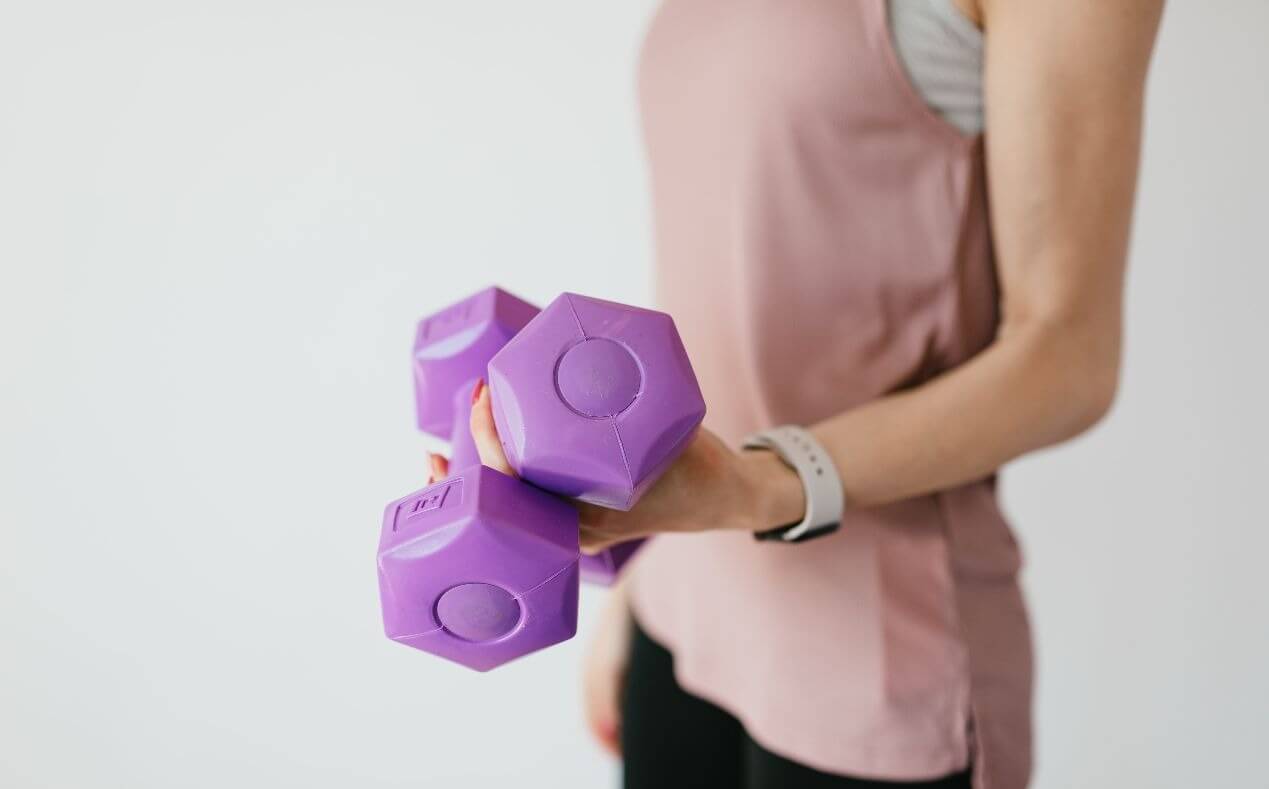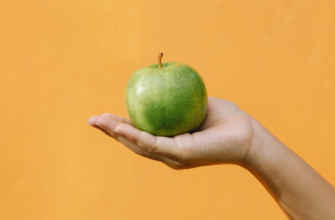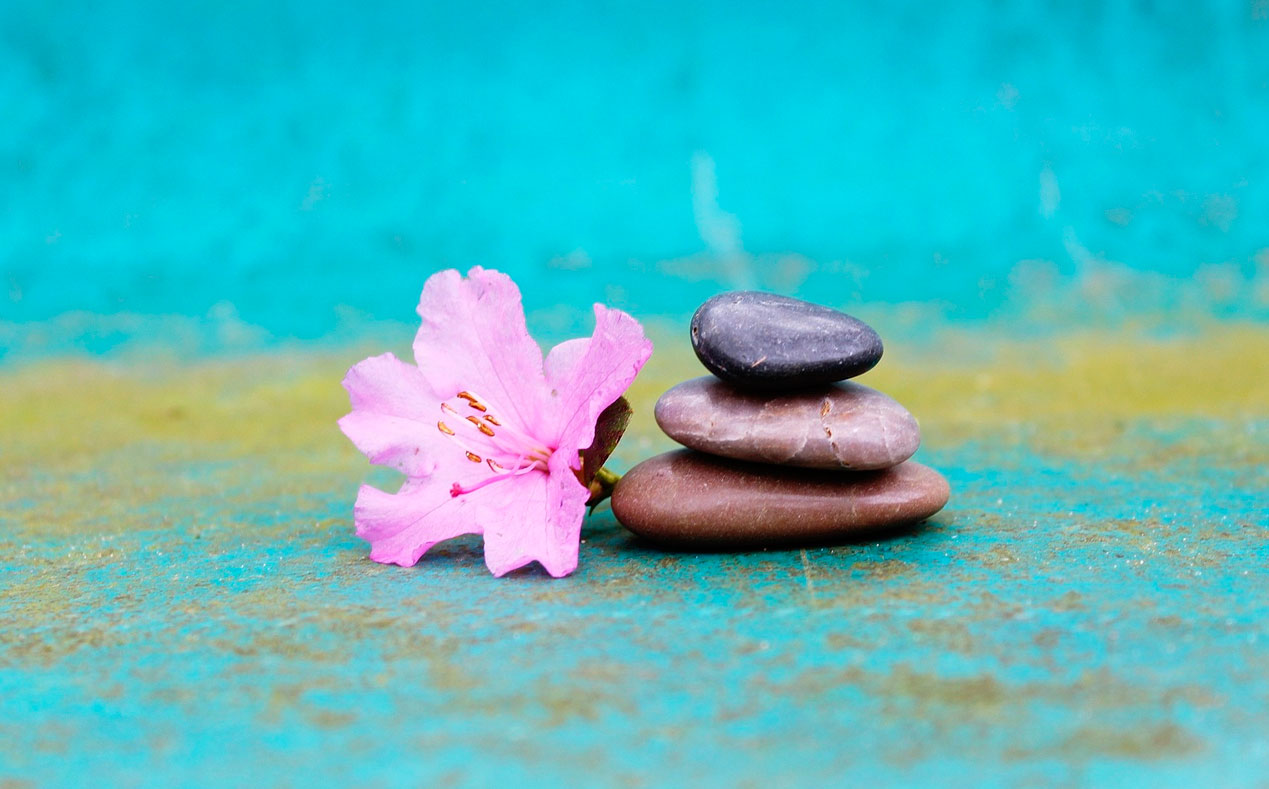Want to look and feel your best throughout your 30s, 40s, 50s, 60s and beyond? Then you need to start investing your time and energy in an exercise plan and track your activities.
You probably know that muscle mass declines with age. The average person loses about 1% of muscle mass each year, starting in their early 30s. Muscle burns fat, which means building more of it can help you get rid of any extra podge that will begin to accumulate over the next few decades.
Here is how your body changes with age.
30s
In our 30s, our bodies first start to lose muscle because of our age. This makes weight training crucial during this time. Join a gym and start lifting weights.
Our bones will also start to weaken as we get older. Therefore it’s a good time to start focusing on bone strengthening. Make sure weight-bearing activities are part of your routine. This can include brisk walking, jogging, or doing yoga.
40s
This is the time of your life when it is most important to have an exercise routine. Our bodies naturally start to decline in middle age. Our muscles begin to lose mass and elasticity. This slows our metabolism and makes it easier to gain weight.
During this stage in life, both men and women start experiencing falling hormone levels. This makes it easier to gain weight, especially around the abdomen.
Increased weight around the midriff increases your risk of developing health problems, including raised blood pressure, diabetes, and heart disease.
Exercise is the best way to fight all these changes. Keep up with your cardio workouts, at least 3 to 5 times a week and be sure to keep up your muscle-strengthening routines, as well.
50s
In your 50s, you may start to experience aches and pains more regularly. Don’t let this stop you from exercising. Just adapt your exercise program.
Low-impact activities such as walking, cycling, or swimming are generally easier on your joints. You may also be sorer after vigorous workouts. If that’s the case, try reducing the intensity and exercise more often instead.
Throughout your 50s, you’ll also have to fight your body’s natural tendency to curve forward. Strengthen your core by focusing on the muscles in your abdomen and your back. This will help you stand up straighter and fight curvature of the spine.
60s
This is the time when you can start focusing on preventing falls. Continue your aerobic exercise regimen. Try to get 30 minutes of activity 5 times a week.
Lift weights or use resistance training 2 to 3 times a week to keep muscles and bones strong and start working on your balance.
The National Institutes of Health recommends daily exercises to help you improve and maintain your balance. These include standing on one foot, leg raises, and walking heel to toe. Practice these things now to fight balance problems later on.
70s+
In your 70s and beyond, you need to maintain your strength and flexibility. This will give you more years of being able to function and be independent. Continue getting aerobic exercise every week, whether it be water aerobics, walking, or dancing. Continue doing balance exercises to prevent falls. Devote extra time to warming up and cooling down, so you don’t hurt your muscles and remember to stretch every day to maintain your flexibility.
Give yourself time to recover
Your body won’t recover quite as quickly as when you were younger, so it’s essential to take it easy and to allow yourself some recovery time. Whenever we exercise, our bodies change to adapt to the stresses that we place on them. The by-product of these adaptations includes muscle soreness, fatigue and reduced muscle strength and power. Resting your body is essential, and you should always remember to get plenty of sleep and stay hydrated.













